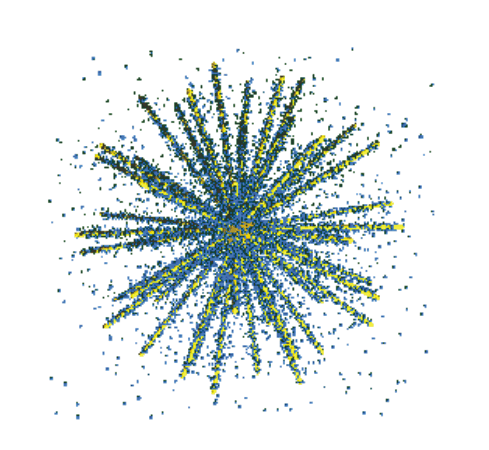Les propriétés magnétiques des monocristaux ou films minces peuvent être étudiées par magnétométrie à échantillon vibrant (VSM ou "Vibrating Sample Magnemotry") ou effet Kerr (MOKE).
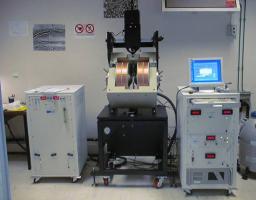

Neutron diffusion make possible to probe the matter and its sensitivity to the light elements and to magnetism make it a single and original probe. Within IRAMIS, neutron spectrometry is used in various fields in fundamental and applied research and is developed around the CEA-CNRS Laboratory Leon Brillouin (LLB) around the Orphée reactor in Saclay. Neutrons are mainly intended for the study of condensed matter.
L'éclairement, par un rayonnement suffisamment énergétique, de la surface d'un matériau peut conduire à l'émission d'électrons dont la spectroscopie (étude en énergie) apporte des informations sur la composition de la surface étudiée.
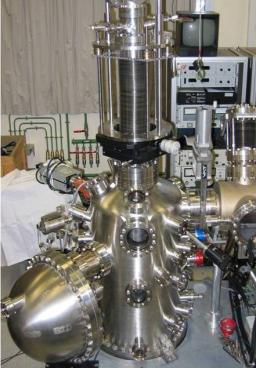
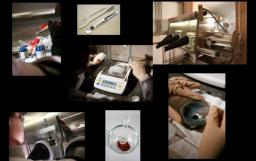
Les laboratoires de l'IRAMIS maitrisent de nombreux procédés de synthèse chimique en phase gaz (production de nanoparticules) ou en solution (molécules, catalyseurs...), avec l'objectif de développer de nouveaux procédés chimiques (chimie verte, énergie, recyclage...), d'élaborer des nanomatériaux, ou encore pour obtenir des cristaux de céramiques de haute qualité (supraconducteurs notamment).
Synthesis and physico-chemical characterization of solid state materials @SPEC/LNO
The specificity of the group is the use of high-performing time-resolved spectroscopy. DNA and its constituents are fragile systems so particular care is taken with regards to excitation energy and sample handling.
Time-resolved fluorescence (fluorescence decays, fluorescence anisotropy decays and time-resolved fluorescence spectra) can be recorded from 100 fs to 100 ns using a combination of two detection techniques; fluorescence upconversion and time-correlated single photon counting.

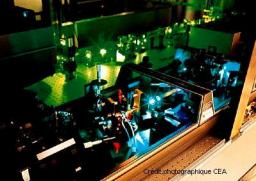
The femtosecond laser facilities of the DRECAM offer to the national and european researchers, ultra short pulse duration and high intensity laser lines instrumented by numerous diagnostics. These laser beams allow studies on high intensity laser matter interactions as well as two colours experiments.
This laser platform provides power peaks until 10TW, intensities of 1019W/cm2 and pulse durations about 35fs.
The researches of the DRECAM are based both on physical and chemical experimentation and on significant theoretical developments. These developments and the comparison with the experiment allow the understanding of the phenomena and the model validation and support lot of research works.
